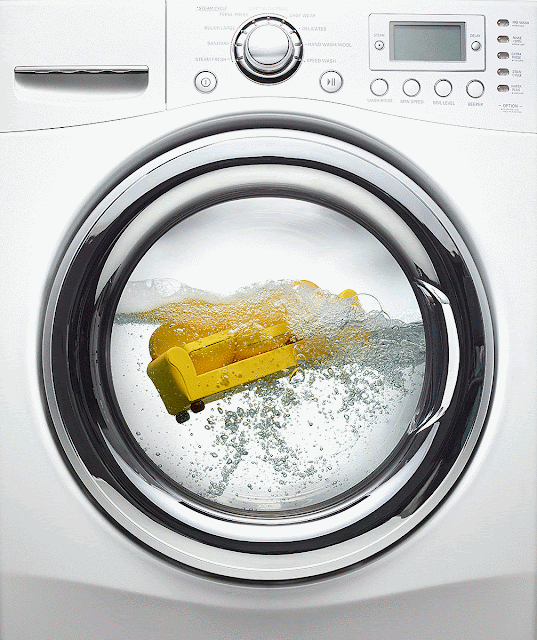Hydraulic Filters
Need for filters in fluid power systems
- Moving parts in fluid power systems are subject to wear from contamination. Neither atmospheric air nor hydraulic fluids are clean enough as supplied to avoid this and they both become more contaminated with use.
- Therefore all fluid power systems require filters to remove contamination and thereby increase component life.
- Normally, filters are used to prevent dirt or dust from entering important elements of the hydraulic system such as valves, seals, etc.
Hydraulic filters:
Filters are used to remove very fine particles and can be installed in various places as shown in Figure 1. The various types of filters are as follows:
- Inlet line filters or suction side filters: Inlet line filters or suction side filters are located before the hydraulic pump, these filters are designed to protect the pump from harmful contaminants that are within the hydraulic fluid. The filtering media within this type of filter is typically one with a higher micron rating, such as a wire screen.
- Pressure line filter: The pressure line filter is placed at the outlet of the hydraulic pump and is designed to clean the fluid as it exits the pump to protect more sensitive system components such as control valves and actuators from contaminants generated from the pump. The typical filtering media used in these filters is capable of removing a high percentage of the smaller particles of contaminants.
- Return line filters: Located between the control valve and the fluid reservoir, these filters are designed to capture wear debris from the hydraulic systems working components before returning the fluid back to the reservoir. The media used in these filters is designed to remove common size wear particles that may be generated by these system components.
Other types of filters used:
- Off-Line Filters: These filters are used, independent from the hydraulic system, to clean hydraulic fluid before it enters the hydraulic system itself. The fluid is pulled from the reservoir through the filter and is returned to the reservoir.
- In-Tank Filters (not shown in this illustration): Located on the reservoir, this filter may be used to prevent moisture and contaminants from entering the reservoir.
Construction of Hydraulic Filter (Mechanical)
- Most hydraulic filters are cylindrical devices with openings for fluid input and output on opposite sides of the filter.
- The fluid is typically directed through channels in the filter housing and passed through the filter media. The media then collects the contaminants and the cleaned fluid passes through a central channel between the filter media, making its way to the output.
- The contaminants remain stuck within the filter media; when the filter is full to capacity, a switch often triggers an LED or other visual indicator to announce that the filter needs to be changed. A cutaway view of a typical hydraulic filter is shown below; in this case, the filter's clogged status is indicated by the position of a simple piston.
- The filter is made of fine wire mesh or disk/screen arrangements. These filters are to be removed, cleaned, and refitted frequently. The filter's element essentially consists of a cartridge with a fine wire mesh that prevents the passing of dirt or dust through it.
Figure 2: Mechanical Filter (Image credit: Design Aerospace LLC)
Hydraulic filter selection criteria
Before selecting a filter type as described below, an engineer must determine the specifications and details of the hydraulic system. Some important variables include:
- hydraulic fluid type and operating pressure
- fluid flow per cycle
- ideal resistance of the filter
- amount of contaminant the filter is expected to contain for a set amount of time
- ideal cleanliness of the fluid





Comments
Post a Comment